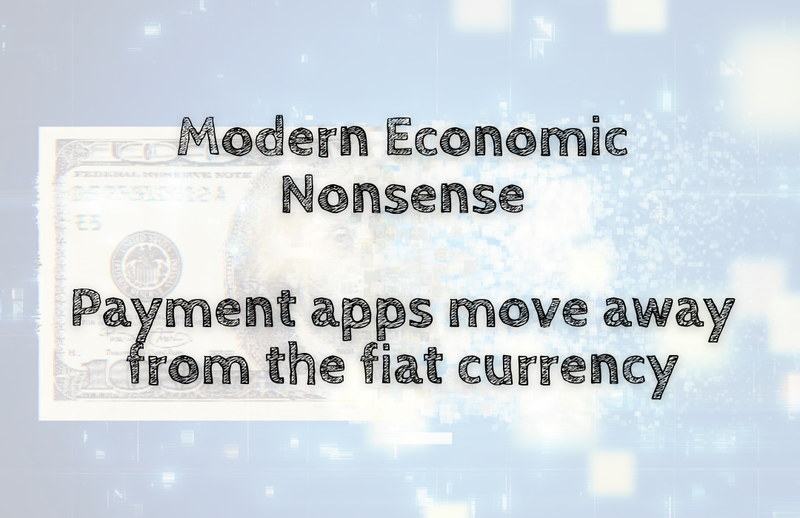
The world’s financial system is becoming increasingly digital, and numerous payment apps are cashing in on the trend. PayPal, Chase QuickPay, and American Express are just a few companies offering digital wallet solutions to make it easier for consumers to pay with their cards. These types of solutions can be beneficial for those who don’t have bank accounts or access to a brick-and-mortar location. Most people rely on credit card payments as their primary method of financing purchases, making digital wallet solutions a popular solution for remittance services and micropayments. Understanding how these payment apps work helps us understand how traditional ways of making money operate. We all need money to live our lives; it’s also something you can exchange for goods or services from someone else. Many new payment platforms are moving away from fiat currency because the banking system isn’t keeping up with how quickly things are changing.
What is money?
Money is a commodity that represents the first and most important store of value. Money is what allows us to exchange one good or service for another. It’s also an easy way to measure value and an indicator of economic activity. For example, if we see more money in circulation, it means that more goods and services are being traded. Numerous types of money exist today, including fiat money, digital currency, and cryptocurrency.
Fiat currency and how it works
Fiat currency is money that is backed by government regulation. A fiat currency is also called a paper money because it’s made up of paper bills that are recognized and accepted as payment in exchange for goods and services. Fiat currency has no intrinsic value, so it’s simply a piece of paper that the government has authorized as a legal tender. The paper itself has no actual physical value. The most commonly used fiat currencies include the U.S. dollar, the Euro, the Japanese Yen, and the Chinese Yuan. Fiat currencies can also be created via central banking, where the central bank creates fiat money through open market operations. These types of operations are carried out by the Federal Reserve, Bank of England, and Bank of Japan. The central bank places a purchase order for various government-issued bonds, thereby creating new money. This type of money is also known as a fiat currency because it’s simply a piece of paper backed by government regulation.
Decentralized Currency
Another type of money is a decentralized currency, which is a form of digital cash. Examples of decentralized currencies include Bitcoin and Ethereum. Decentralized currencies are not controlled by any one entity and exist as open-source software on the blockchain. It’s really important that you understand that blockchain is not just about Bitcoin. Blockchain technology is being used to create decentralized currencies like Bitcoin, Ethereum, Litecoin, and other newer currencies. Bitcoin is the first decentralized currency ever to exist, and it uses the blockchain to store and transfer money.
How Digital Wallet Apps Work
Digital wallet apps allow people to send and receive money through a mobile app. The app can be accessed either via a mobile device or a web browser. The app automatically links to a person’s bank account and then allows them to send and receive money as needed. Users can also use the app to send and receive payment requests, such as peer-to-peer payments and loans. Digital wallet apps make it easier to use digital currency because it’s decentralized, making it difficult to use conventional payment methods. Digital wallet apps vary in the number of supported cryptocurrencies, payment types, and features. Some of the most popular digital wallet apps are Venmo, PayPal, Apple Pay, and WePay. The merger of decentralized and centralized currency allows more users to join payment apps and have many options to pay out their purchases.
Conclusion
In order for a society to thrive and grow, people need to be able to exchange things for other things. Without a way to trade one good for another, no one would have food to eat or clothing to wear. Scarcity, such as food and clothing, is what allows us to have money as a store of value. Money is a commodity created by a government, which the people have authorized to represent the value of the goods and services being traded. But money is changing fast, and the banking system isn’t keeping up. Digital wallets are becoming more popular because they allow you to send and receive money without going through a bank. You can also use digital wallets like Venmo or WePay to make peer-to-peer payments.
Reminder: I am not your financial advisor.
Buy me a coffee here if you want to support my writings.
Comments